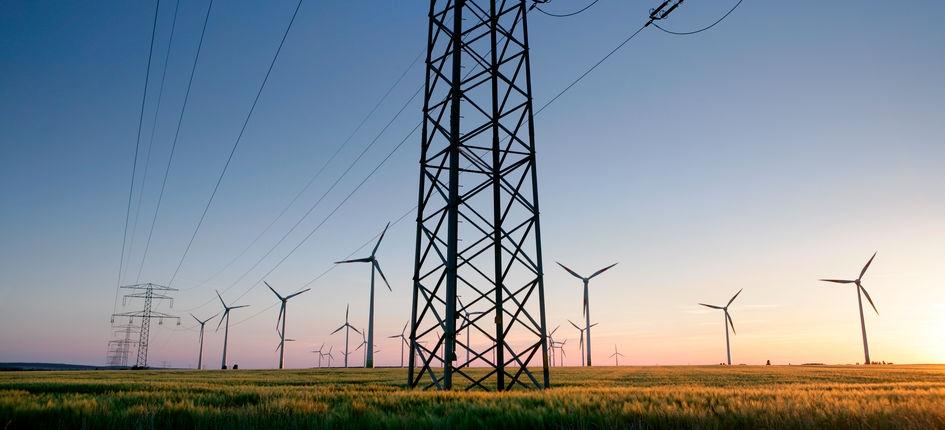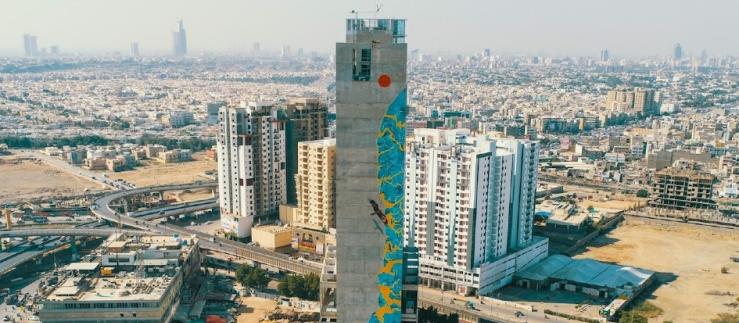The key factors driving Pakistan’s growing demand for renewable energy are:
- Rapid population growth: By 2030 there will be an estimated 263m people living in Pakistan.
- Dire Need of Inexpensive Electricity: 60% of electricity in Pakistan is generated through expensive imported fossil fuels and coal. Expanding renewable energy can help Pakistan save USD 5 billion in the next 20 years.
- Environment Protection: Renewable energy can help Pakistan in reducing carbon emissions (2019: 223.6 million metric tons) and in attaining greater energy security
Opportunities in 2021 and beyond
Being cost and climate efficient, the sector of renewable energy, which is now at a nascent stage in Pakistan, holds huge potential for development. The Alternate Renewable Energy Policy of Pakistan aims to increase the share of renewable energy in the national power grid from 5% to 20% in 2025 and to 30% in 2030. Pakistan offers a wide range of opportunities for Swiss renewable energy solutions and areas for business partnerships and collaborations.
- Solar: It is the most attractive alternate energy solution for the common masses in Pakistan, where people have started installing solar panels on the rooftop of their houses, shops, and industrial units. Solar irradiance in Pakistan is 5.3 kWh/m2/day. The agriculture sector, which contributes 20% to the country’s GDP and employs 45% of the workforce, is also benefiting considerably from this technology for irrigating lands and other related activities.
- Wind: This sub-sector holds a potential to generate 43’000 MW with a coverage area of 9’700 Km2. Pakistan has an average wind speeds of 7.87 m/s in 10% of its windiest areas. Pakistan is looking to adding 24’000 MW in the national grid by 2030.
- Bioenergy: Biomass is estimated to generate 50’000 Gwh/ year in the country. 64’000 tons of Municipal Solid Waste (MSW) is produced daily by the urban areas in Pakistan. MSW is projected to generate 13’900 Gwh of energy. Rural areas of Pakistan have huge biomass reserves and can produce 12 million m3 of biogas per day.
- Hydropower: The International Renewable Energy Agency (IRENA) has estimated a potential of 60 GW in the hydropower sector of Pakistan. However, the government is not able to pursue it aggressively as huge amounts of foreign exchange need to be incurred as capital costs. Nevertheless, it remains to be the cheapest source of power in the energy mix of the country.
- Energy Efficiency and Conservation: Ample opportunities are available in this field as Pakistan, through its Strategic Plan (2020-23), is set to achieve the goal of 3 Million Tons of Oil Equivalents (MTOE) energy saving by 2023. The country has the potential to save up to 10-15% (10-12 MTOE) of primary energy supply through energy efficiency and conservation. Textile Spinning and Textile Processing have the potential to save energy by 3.5% and 18.4% respectively.
Examples of current initiatives by the government:
- CHF 522 million have been allocated by the government in its budget of the current fiscal year (July 2021 to June 2022) for new hydropower projects.
- Tax credits for the industrial units, engaged in producing plant, machinery and equipment for generating energy through solar and wind.
- Zero duty on import of machinery, equipment and spares meant for power generation through nuclear and renewable energy sources like solar, wind, micro-hydel, bio-energy, ocean, waste-to-energy and hydrogen cell.
Current situation
Presently, 60 million Pakistanis are without electricity and this number will increase rapidly as the population is exploding in the country. Swiss companies with proven, advanced renewable energy solutions are encouraged to explore current opportunities in more detail and consider visiting the market:





